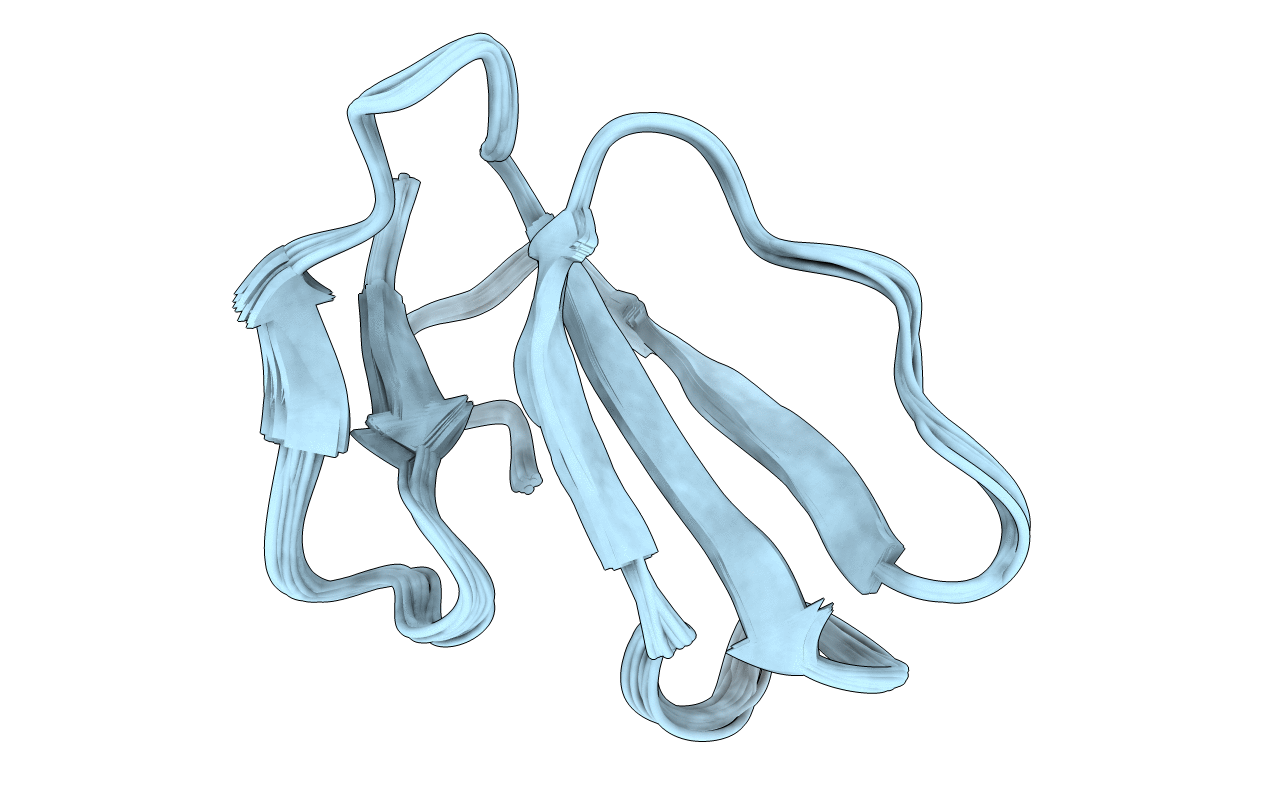
Deposition Date
2017-04-19
Release Date
2017-12-13
Last Version Date
2024-11-06
Method Details:
Experimental Method:
Conformers Calculated:
200
Conformers Submitted:
20
Selection Criteria:
structures with the least restraint violations


